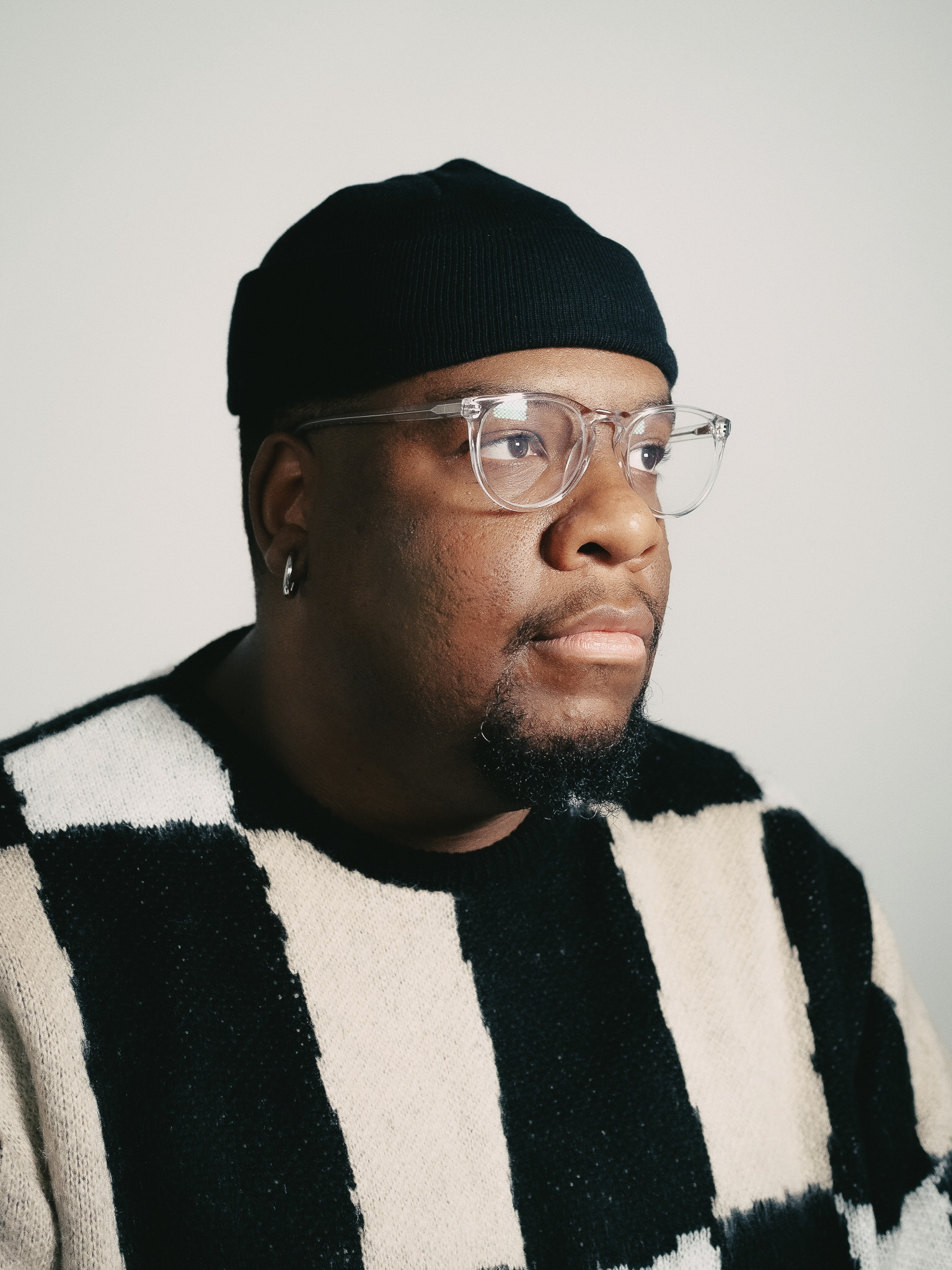
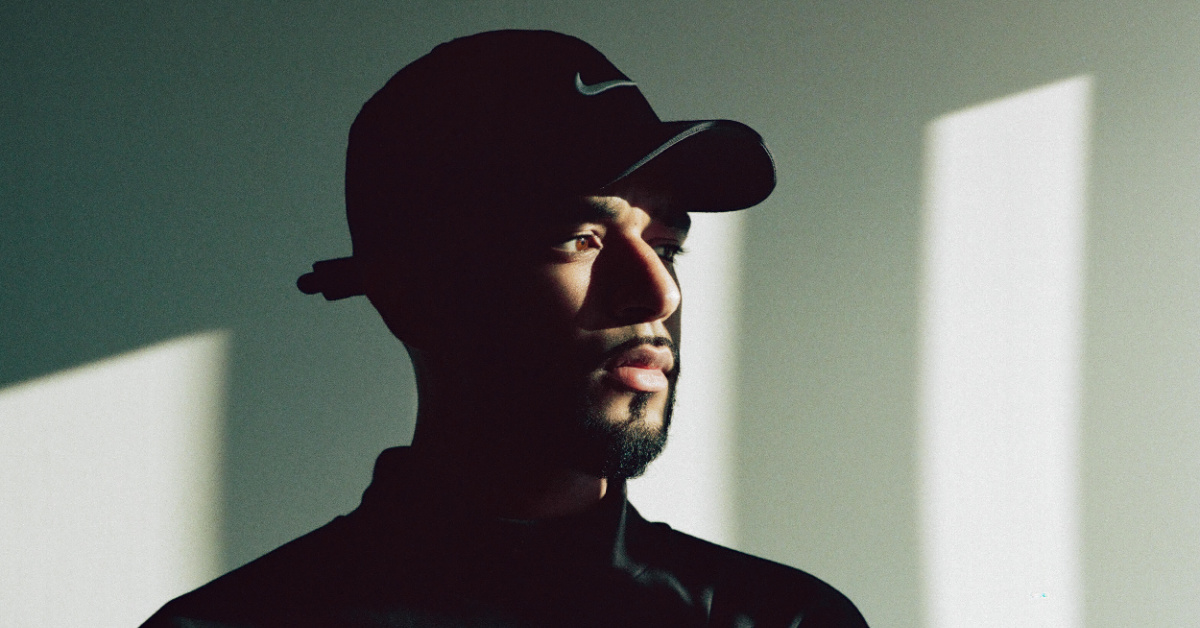
There’s a new class of emerging image makers, a new vanguard as some might say, that are rewriting the rules, shaking sh*t up and interjecting narratives that are often marginalized into the forefront—and Kaito is among that class! The 23 year old, Bedford, Massachusetts bred photographer, Carlos “Kaito” Araujo, is making a name for himself, with his signature portraiture. From self taught photographer—documenting local concerts, sporting events, school portraits and anything else he could for small fees—to being a protégée to International mogul and hip-hop icon, Sean “Diddy” Combs. Just in the past 5 years since he’s been professionally picking up the camera, he’s photographed some of the most prolific names in music and pop culture—from Chadwick Boseman, to rapper/singer Cordae, Naomi Campbell, Diddy (of course) and Jay Z. Kaito is the definition of raw talent with that signature ‘School of Bad Boy’ pure hustle and is honestly one to watch!
GRAZIA got to sit down with the emerging star and learn all about what initially inspired him to pick up the camera, his mentorship with his “big brother” mogul/icon Diddy, see what’s on his cultural moodboard, his monumental first cover story shoot for Vanity Fair and talk about what’s next for the in-demand photographer.
GRAZIA: What images or image makers growing up sparked your interest in photography?
I would have to say Annie Leibovitz has been a huge inspiration, Howard Bingham has also been a huge inspiration to me, as of the last five years, as well as, Gordon Parks. Love Gordon’s work!
How old were you when you picked up your first camera?
During my sophomore year of high school. I would say I was around the age of 16 or so.
And, you just knew at that moment, like, “this is kind of what I want to do?”
Yeah, like fun fact, I actually remember this, like it was yesterday, but I would go visit my my cousin for the summer and we both worked at McDonald’s. She was an up and coming, Instagram Model in the Boston/Attleboro/New Bedford area. So, I stayed there, you know, every summer working at McDonald’s and there was this one specific day where her and her boyfriend asked me to just go and take some pictures of them. They had a DSLR, and so, we went to the railroad tracks—funny enough we still have the pictures and we laugh about it all the time—but we went to the train tracks, and we just took pictures and they just left the creative direction up to me. I just kept shooting and shooting and shooting and they walked away really loving the images. Today, you know, when I look back now at just the composition and how I framed those images—right there, from that moment, I knew I had an eye. That shoot then inspired me to just go and spend all that McDonald’s money on a camera later in the year (laughs).
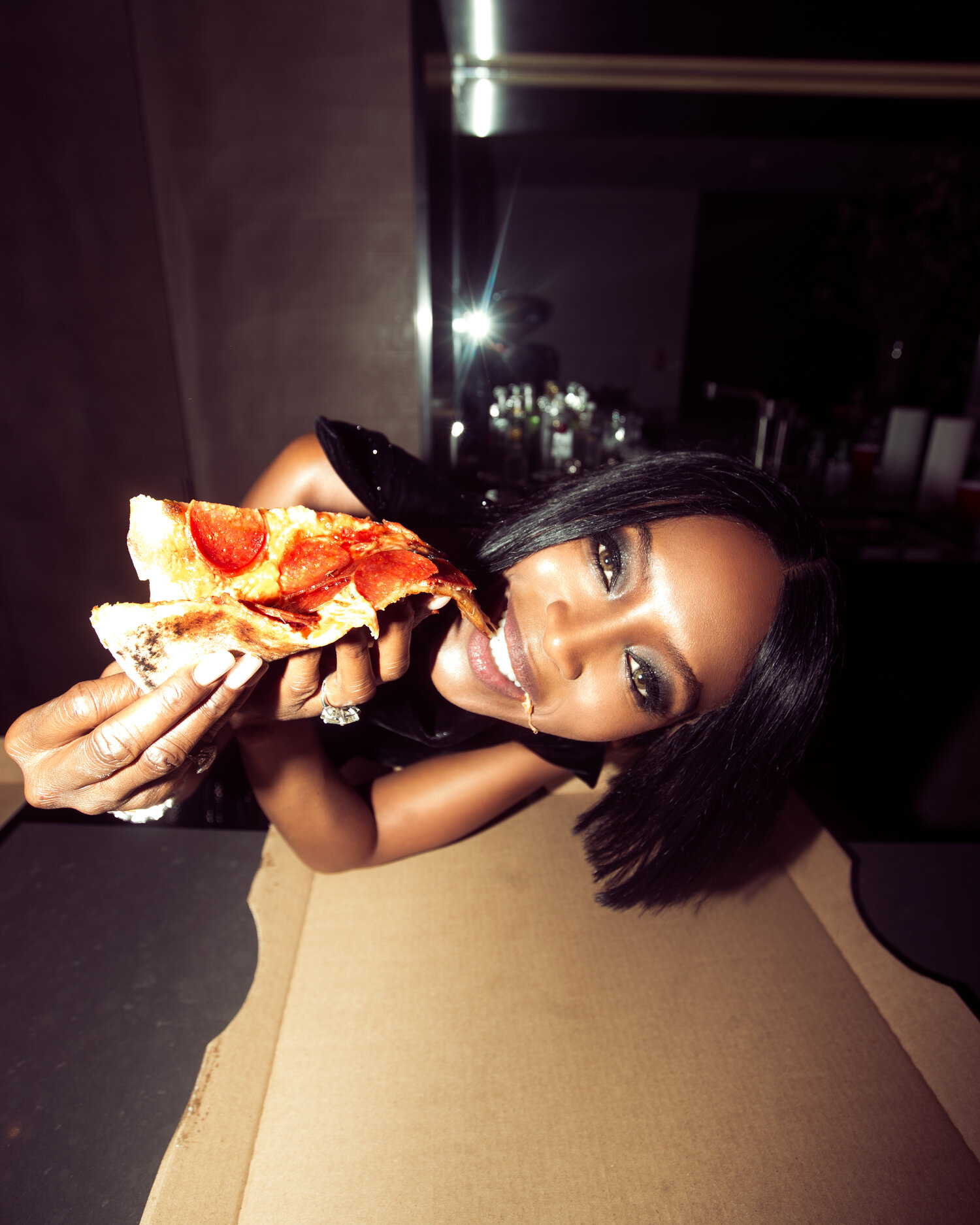
“Us, being in these spaces, just opens up the doors for more people, that look like myself. It’s great seeing somebody like myself and my color, being able to photograph without bounds and just be in the same conversation”
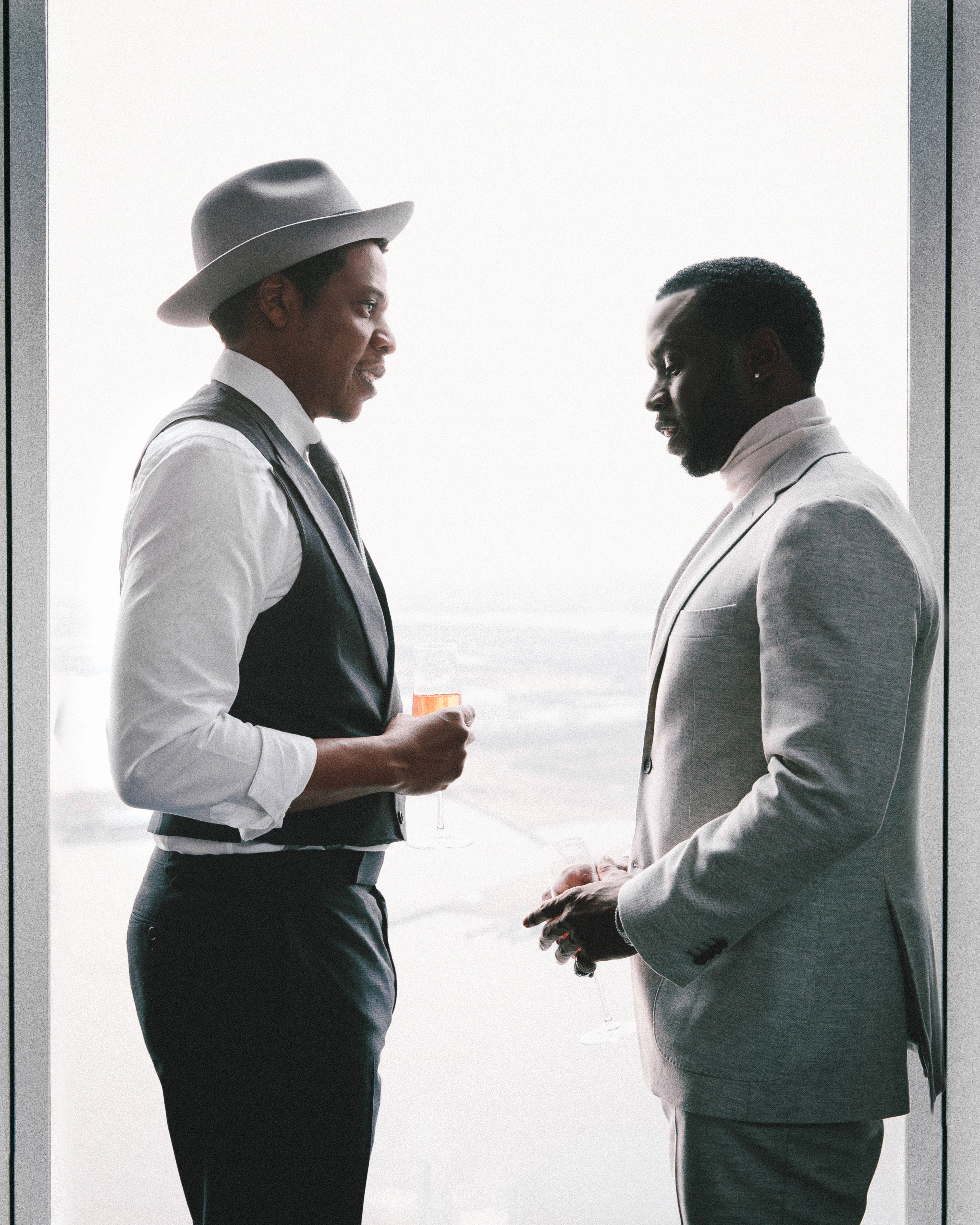
It seems like since you do portraiture and are photographing these prolific cultural figures, that people are your source of inspiration, would you say that?
I think that people have a certain effect on how I compose an image, you know within the story that I want to tell for that specific person. It’s about the narrative! Often times, even when I just shoot in a more candid photographic style, I always try to tell a story whether it’s through how I compose or edit the images after, to give you that feeling. I always try to keep it very natural in how it’s captured, not trying to do too much, but I want them to look their best. I would say that I’ve been blessed enough to just be able to shoot you know, a lot of inspiring people like Drake, Jay Z and Beyonce—but it kind of just happened organically.
You’re a part of this emerging new class of Black photographers that are rewriting the narrative of image making and interjecting their own specific viewpoints into these often whitewashed spaces? How does that make you feel to be a part of this Black Vanguard movement?
I believe that there’s definitely a lack of diversity, for sure, as, that question wouldn’t even come up, right, in a conversation if it was just normal to see, you know, just a diverse group. I feel that we need to see more of it. More diversity!
Alongside your contemporaries—like Tyler Mitchell, Kennedi Carter, Campbell Addy etc.—you guys are part of a class of interjecting Black imagery into the canon.
Yeah, I feel that I’m just blessed enough to just be in the same sentence, in your same sentence, as a Tyler Mitchell. Tyler is definitely doing his thing and has done amazing work. I feel like he focuses too on the art, Campbell Addy as well. Saw his cover today and it was definitely such an amazing shoot that he did with Beyoncé. Us, being in these spaces, just opens up the doors for more people, that look like myself. It’s great seeing somebody like myself and my color, being able to photograph without bounds and just be in the same conversation.
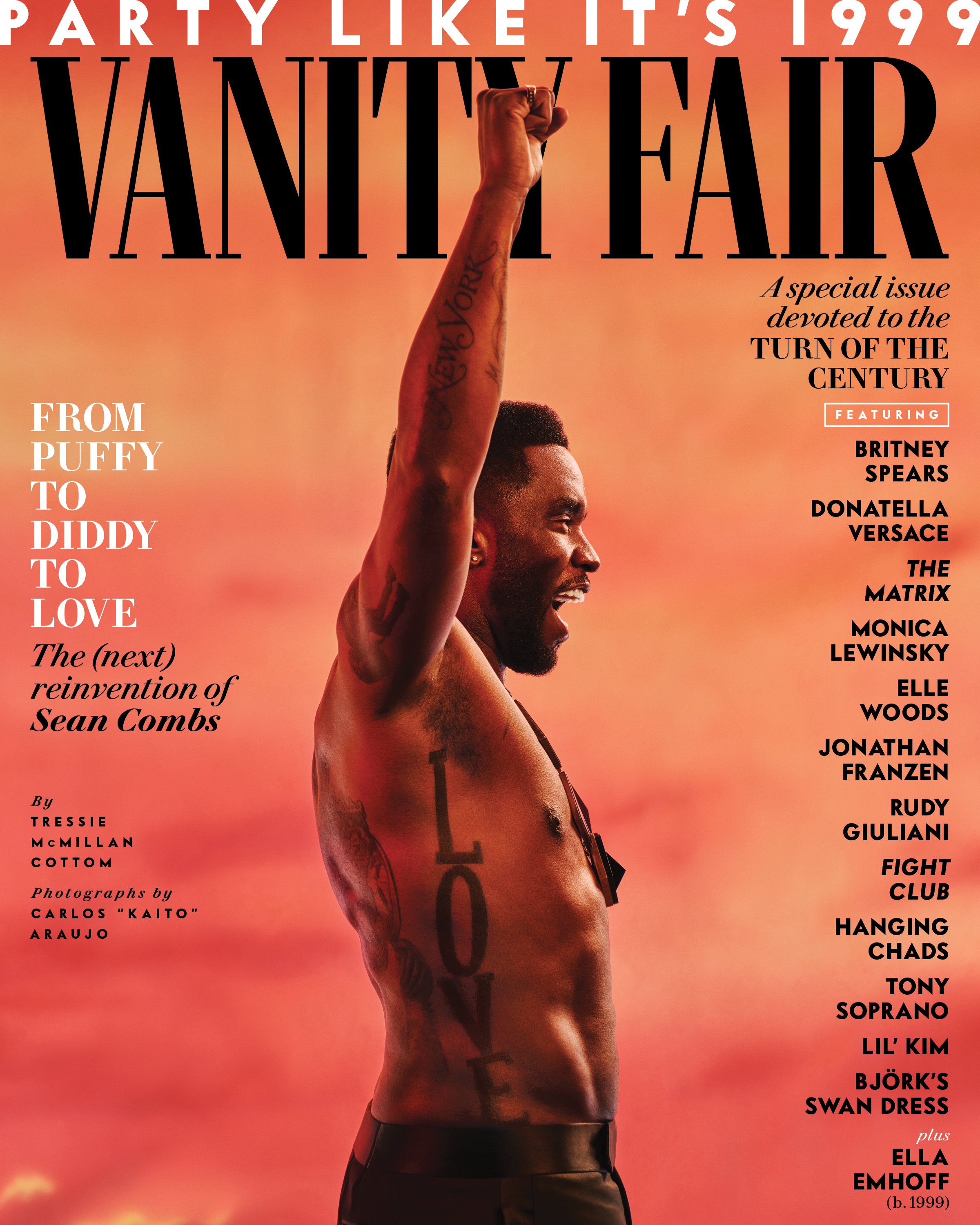
So, I want to talk about your September issue Vanity Fair cover. First off, congratulations. The images are honestly, striking.
Thank you. Thank you, so much!
How does it feel to be a part of contributing imagery to such a legacy publication? And with Diddy at that. How did it feel to share this moment with him?
Honestly, it really was a full circle moment. Throughout my earlier career, when I made that leap of faith of wanting to work for puff, I kind of just manifested it. I didn’t stop till I got to his door, literally and he gave me a job on the spot. He believed in me, and just kept pushing me and pushing me and pushing me to just create more. It went from creating a lot of content, to him wanting me to really hone in what my narrative was and perfecting my art. He, actually funny enough, introduced me to the work of Howard Bingham—who’s work, definitely inspired me to almost shoot a different way. A lot of my work that I haven’t released, and I’ll probably get to release in the future, is really fly on the wall and incredibly intimate. I take those components into the editorial work I do as well. Being able to have the opportunity to shoot the cover of Vanity Fair, I say again, It was truly a full circle moment. It was just amazing being at the shoot and seeing my subject, be my mentor and you know, somebody who I consider like my dad. iI was such a humbling and blessed experience for me.
I love that! I love that you got to share such a huge career moment with somebody who means so much to you.
Yeah! He celebrated me and I celebrated him. At the end of the shoot, he said, “come here son” and then he just literally wrapped his arms around me, picked me up and swung me around—like, I was his kid.
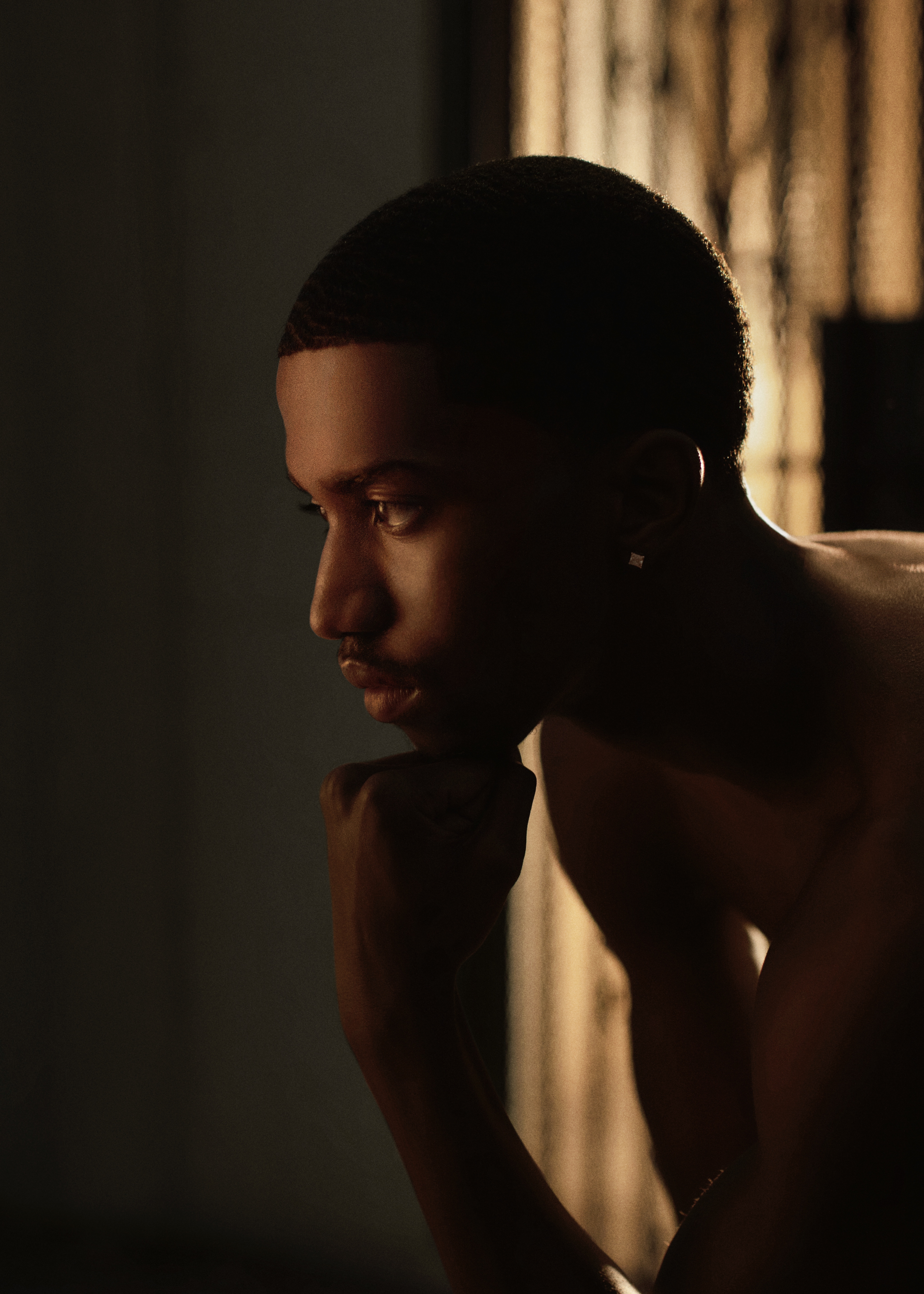

Are you interested in doing more fashion photography and fashion editorial photography?
Yeah, I definitely would manifest more fashion based imagery in my next bit of work. I would love to get into more fashion brand campaigns and more editorial work. I feel like it’s really fun to create in that space, in the editorial space, and that its such an organic style on par with my photographic narrative. I would love to still be able to do some photo journalism here and there, with just inspiring stories: whether it be taking a trip to Cape Verde where I’m from, or taking a trip to Brazil and documenting a story. I would love to just be so diverse in my practice, where I’m not confined to “he’s this type of photographer”, or “he does just this”, because I’m so multifaceted. I’m inspired by almost everything: I’m inspired by paintings, I’m inspired by commercials, I’m inspired by documentaries. Just everything, really.
What are you listening to? What artwork is inspiring you right now? What are you reading? Tell us, what’s currently on your cultural moodboard?
I would say my cultural mood board is really diverse. I’m inspired by the photography that a lot of my peers are doing like: Gibson Hazard and Tyler Mitchell. The work of Kerry James Marshall is definitely a source of inspiration. I became familiar with his work probably a couple years ago when Sean (Diddy) bought his painting, ‘Past Times.’ I just love the tonality and the narrative that he speaks to and his expression of his true self. He just seems to create from this freeing space and that’s the same energy I’m always pulling from. I’m definitely inspired by Virgil (Abloh) and what he’s doing over at Off-White and Louis Vuitton. It’s just amazing to see. Seeing his work, brings me hope, it brings inspiration—creative inspiration—all into one. There are so many things on my personal moodboard, like it’s insane. From interior design and set design, to photography, to commercials and movie trailers.
So, what’s next for Kaito?
I would say next, truthfully, I would love to just keep learning. Yeah, just keep learning. I’m not keen on not being present, I feel like I would love to be present in the now. Honestly, whatever God brings me is my decision to accept or to not accept and I feel that so far I’ve been blessed with so many amazing opportunities. I’m glad it’s resonating with just the culture, right, first and foremost and my mom, right, secondly. [Laughs] Wait, scratch that: first my mom and then secondly the culture. After learning, I would say, I would love to just be in the fashion space and the editorial space, and creating for different high-end brands. Going back to learning: I would love to just collaborate and talk with emerging and established creatives and artists like myself and learn about their stories and where they’ve gotten their sources of inspiration. At the end of the day, still just soaking in all the knowledge from everybody else, and not taking it to use it for my work, but more so of just understanding various narratives and the times we’re in. That’s really important. I want the images and art that I leave behind, to inspire generations.
We will continue to follow Kaito along his creative journey as he continues to soar to new heights. Honestly, we can’t wait to see what he does next.








